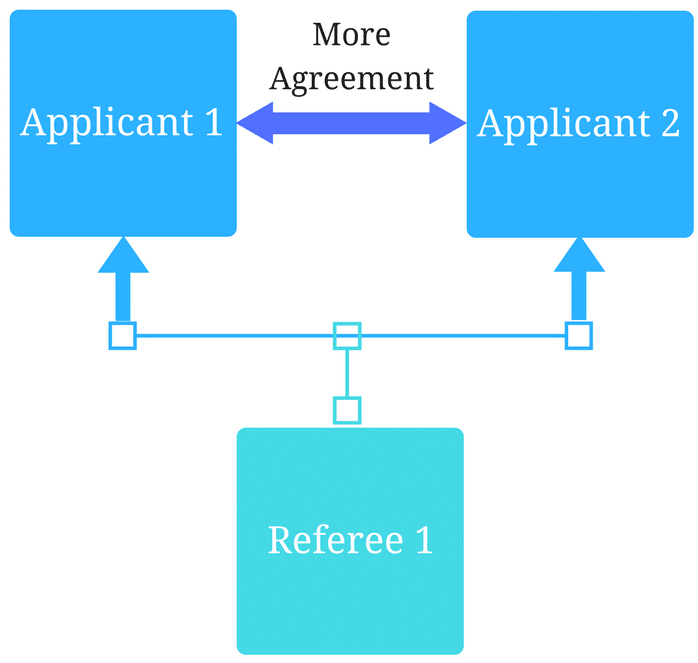How Colleges Can Stay True to Their Mission in a Time of Rapid Change

November 5, 2025
There is a major shift happening in higher education. Fewer students are graduating from high school due to demographic changes. Public perception of college value is slipping. New technologies like AI are changing how students learn — and how institutions asses, teach, and prepare them for work. At the same time, employers are asking for adaptable, skilled graduates who can think critically and lead with empathy.
Despite these shifts, the heart of higher education remains the same — developing adaptable thinkers and leaders who drive progress in every field.
These changes give institutions an opportunity to reimagine how they demonstrate impact and relevance. Thriving institutions guide disruption rather than reacting to it. They lead with courage and clarity, holding fast to the values that make education meaningful: critical thinking, community impact, and lifelong learning.
Mission drives direction
A clear mission gives colleges direction. It shapes every decision, from what to teach to how to connect with students and communities. When leaders use mission as their compass, they move with purpose instead of reacting to pressure.
Colleges that align their strategies with mission stay agile and authentic. Those that chase trends lose focus and identity. Research on the next decade of higher education shows that institutions rooted in mission adapt faster and maintain public trust.
Forward-thinking leaders redefine success by linking innovation to purpose. They adopt technology and redesign systems only when those changes strengthen their core identity and better serve students.
Lead with purpose, not pressure
Many institutions face enrollment declines, funding gaps, and evolving policy changes. These pressures can prompt colleges to make reactive decisions, but they can also spark growth. Colleges that ground decisions in mission treat disruption as an opening to lead differently.
Here’s how they do it:
- Clarify identity. Institutions highlight what makes them distinct — hands-on learning, affordability, research, or civic engagement — and focus on those strengths.
- Deepen community ties. Partnerships with employers, nonprofits, and local schools bring mission statements to life through visible action.
- Innovate with integrity. Colleges adopt AI and other tools to enhance learning and operations while upholding clear ethical standards regarding fairness and inclusion.
Redefine success
Traditional metrics, such as enrollment, rankings, and endowment growth, only tell part of the story. True success happens when a college advances its mission through real impact on students and society.
Mission-driven institutions now:
- Prioritize student outcomes. Admissions, advising, and career teams work together to support student success from entry to graduation.
- Champion lifelong learning. Flexible degrees, micro-credentials, and online options invite learners to keep growing throughout their careers.
- Experiment boldly. Programs like apprenticeship degrees or experiential learning connect academic theory with real-world experience.
When colleges define success through mission, they create sustainable progress that data alone can’t measure.
Build trust through authenticity
Public confidence in higher education has dropped, but colleges can rebuild it through transparency and consistency. Every message, event, and partnership shapes how students, families, and communities perceive an institution’s credibility.
Institutions that live their mission every day earn trust. When students see their college follow through on promises — from career support to community engagement — they become advocates who carry that mission forward after graduation.
Admissions is one of the best places to put mission into action. Many schools now use holistic review and values-based assessments to identify applicants who will thrive within their community. These approaches focus on qualities that reflect institutional values — such as empathy, communication, and resilience — alongside academic potential.
Lead with courage and clarity
Change tests tradition. It forces leaders to make hard choices and let go of what no longer serves their mission. However, colleges can transform challenges into opportunities by acting with courage and clarity.
Higher education needs to extend its purpose into the future, rather than protecting the past. Leaders who view disruption as an opportunity to realign their mission drive meaningful progress. They prioritize people over prestige, and purpose over performance metrics.
Colleges that know who they are and who they serve don’t just survive disruption — they define what leadership in education looks like.
Want to hear more on this topic?
Watch our interview with Ian Wilhelm, journalist and deputy managing editor at The Chronicle of Higher Education, to learn more about remaining mission-driven during times of change.
Related Articles

How interviews could be misleading your admissions...
Most schools consider the interview an important portion of their admissions process, hence a considerable…
Reference letters in academic admissions: useful o...
Because of the lack of innovation, there are often few opportunities to examine current legacy…
